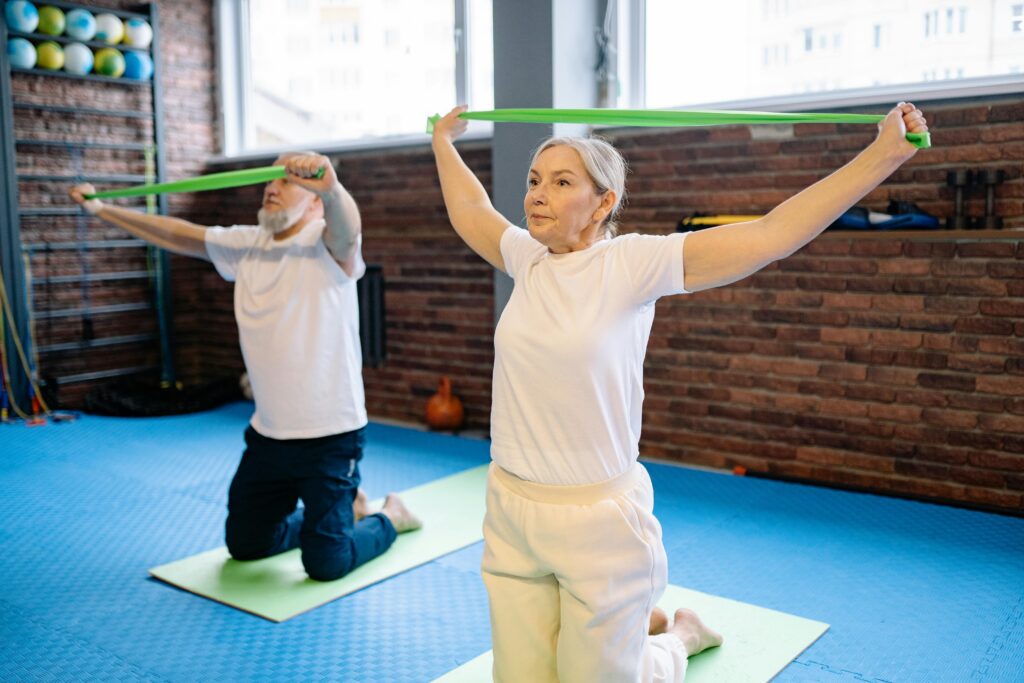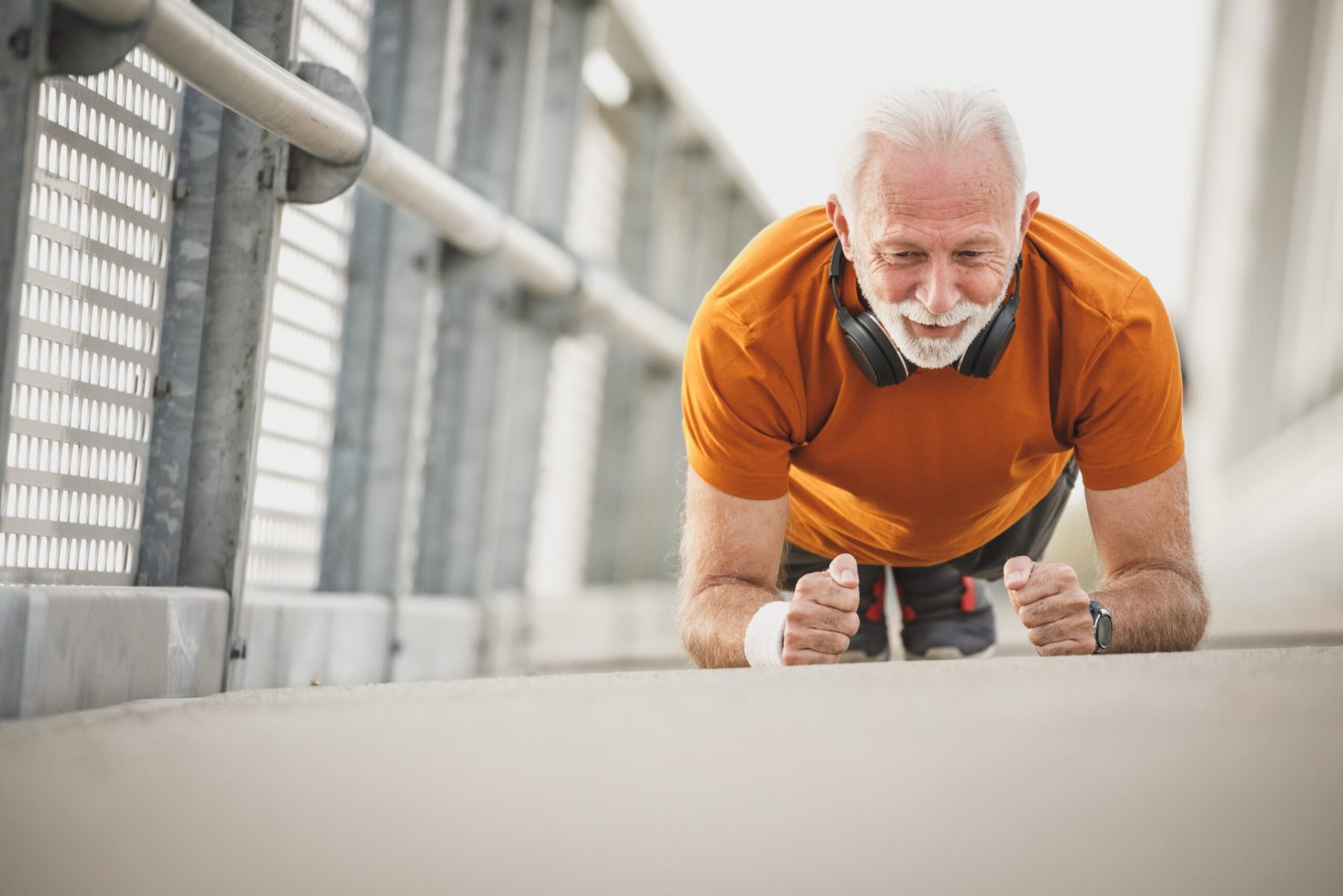As we age, maintaining independence and vitality becomes increasingly important. The secret isn’t found in extreme workouts or complicated fitness regimens—it lies in functional fitness, a revolutionary approach that’s transforming how older adults stay active and healthy. Unlike traditional exercise that isolates muscle groups, functional fitness focuses on real-world movements that mirror daily activities.
This training method strengthens the muscles and movement patterns you use every day, from squatting to picking up groceries to climbing stairs with confidence. Research shows that adults lose 3-8% of muscle mass per decade after age 30, accelerating after 60. However, functional fitness offers a powerful solution, helping seniors maintain strength, balance, and independence while reducing injury risk and enhancing quality of life.
What Makes Functional Fitness Different for Seniors
Functional fitness represents a paradigm shift from conventional exercise approaches. Rather than focusing on isolated muscle training, this method emphasizes compound movements that engage multiple muscle groups simultaneously. The core principle involves training your body to handle daily activities with greater ease, safety, and efficiency.
For older adults, this approach is particularly beneficial because it directly addresses age-related challenges. As we age, we experience natural declines in muscle mass, bone density, balance, and coordination. Functional fitness counters these changes by incorporating movements like squatting, lunging, pushing, pulling, and rotating—all essential patterns for daily living.
The beauty of functional fitness lies in its practicality. Whether you’re reaching for items on high shelves, getting up from a chair, or maintaining balance while walking, these exercises prepare your body for real-world scenarios.
Science-Backed Benefits for Healthy Aging

Research consistently demonstrates the powerful impact of functional fitness on older adults. A landmark study by the American Council on Exercise found remarkable improvements in participants aged 58-78 who engaged in functional training. The results were impressive:
-
Lower-body strength: 13% improvement
-
Upper-body strength: 14% improvement
-
Cardiorespiratory endurance: 7% improvement
-
Agility and dynamic balance: 13% improvement
-
Shoulder flexibility: 43% improvement
These improvements translate into real-world benefits that enhance daily living. Enhanced mobility and independence top the list, as stronger muscles and improved coordination make routine tasks easier. Fall prevention is another critical advantage, with balance-focused exercises significantly reducing fall risk—a major concern since one in four seniors falls annually.
The mental health benefits are equally compelling. Functional fitness builds confidence as individuals master everyday movements, while exercise-induced endorphins improve mood and reduce stress. This combination of physical and psychological benefits creates a foundation for successful aging.
Essential Functional Exercises for Daily Living
The most effective functional exercises for seniors mirror common daily activities. Squats form the foundation, strengthening the muscles needed for sitting, standing, and lifting objects from the floor. Start with chair-assisted squats and progress to bodyweight versions as strength improves.
Lunges enhance walking stability and stair climbing ability while improving balance and coordination. These can be modified using a chair for support or performed as stationary movements initially.
Push-ups (wall, incline, or floor variations) build upper body strength essential for pushing tasks and breaking falls. Begin with wall push-ups and gradually progress to more challenging variations.
Standing rows using resistance bands strengthen the pulling muscles needed for opening doors, drawers, and carrying objects. These exercises also improve posture and counter the forward head position common in aging.
Balance exercises like single-leg standing or heel-to-toe walking enhance stability and proprioception. These movements are crucial for preventing falls and maintaining confidence in movement.
Getting Started Safely and Effectively
Beginning a functional fitness routine requires a thoughtful approach prioritizing safety and gradual progression. Start with a comprehensive assessment, ideally with a qualified fitness professional who understands aging-related considerations. This evaluation should address current fitness levels, medical conditions, and specific goals.
Frequency and duration should begin conservatively—two to three sessions per week, lasting 20-30 minutes initially. This allows adequate recovery time while building consistent habits. As fitness improves, duration and intensity can gradually increase.
The proper form takes precedence over intensity. Focus on mastering movement patterns before adding resistance or increasing repetitions. Many functional exercises can be performed using body weight alone, making them accessible for home practice.
Listen to your body and respect limitations. Some muscle soreness is normal, but sharp pain or persistent discomfort warrants medical attention. Modifications and progressions ensure that exercises remain challenging yet safe as fitness levels improve.
The journey toward aging gracefully through functional fitness is both achievable and rewarding. By focusing on movements that matter for daily life, older adults can maintain independence, prevent injuries, and enjoy an enhanced quality of life well into their golden years.

